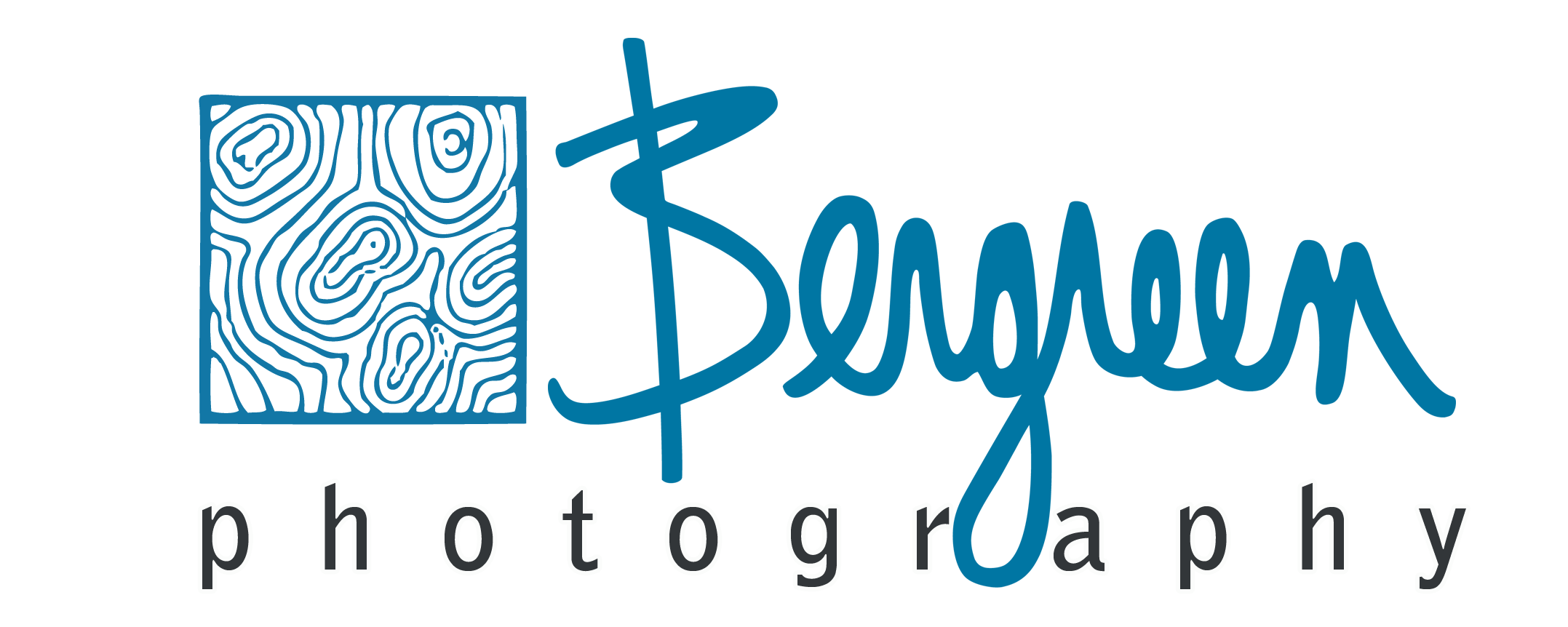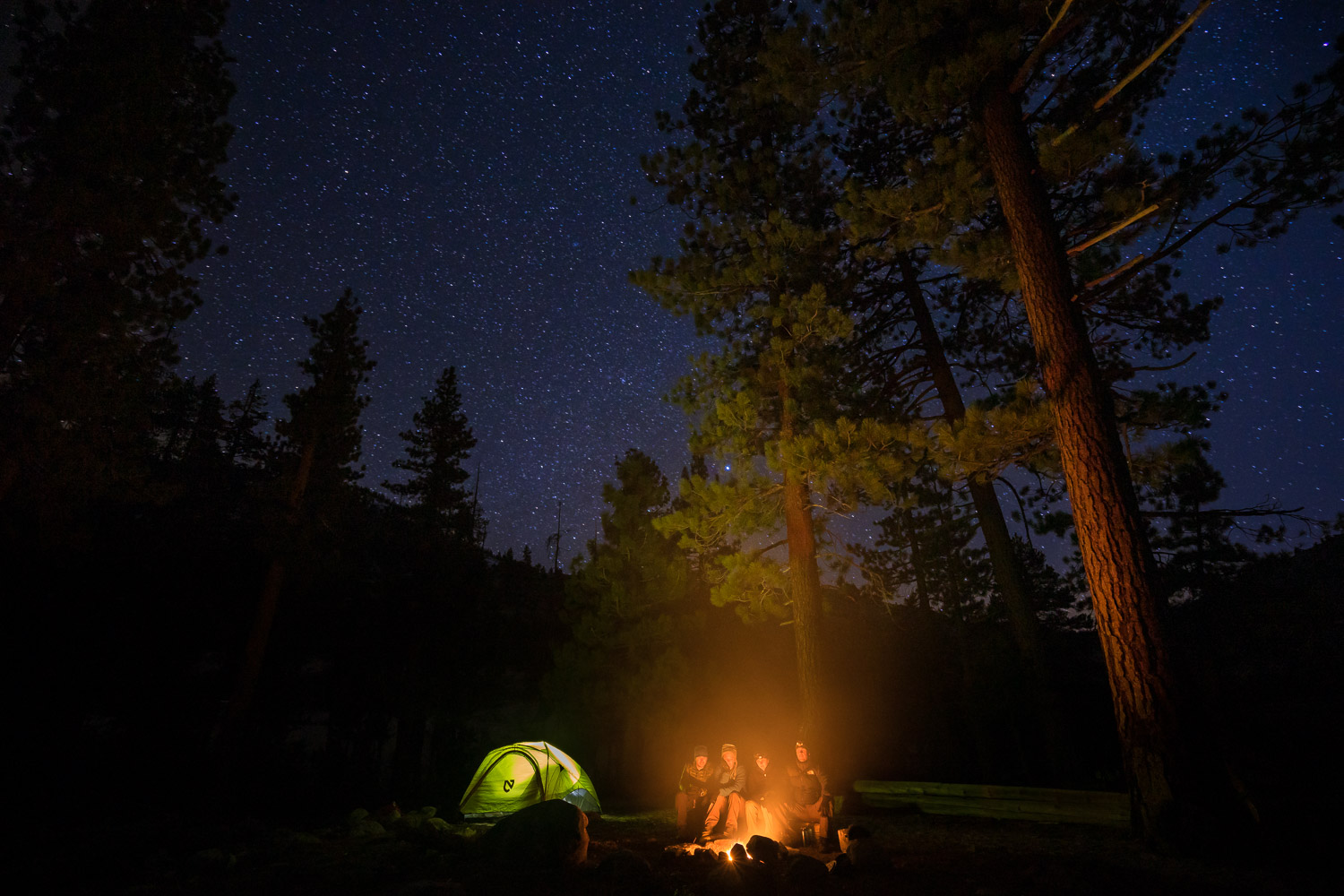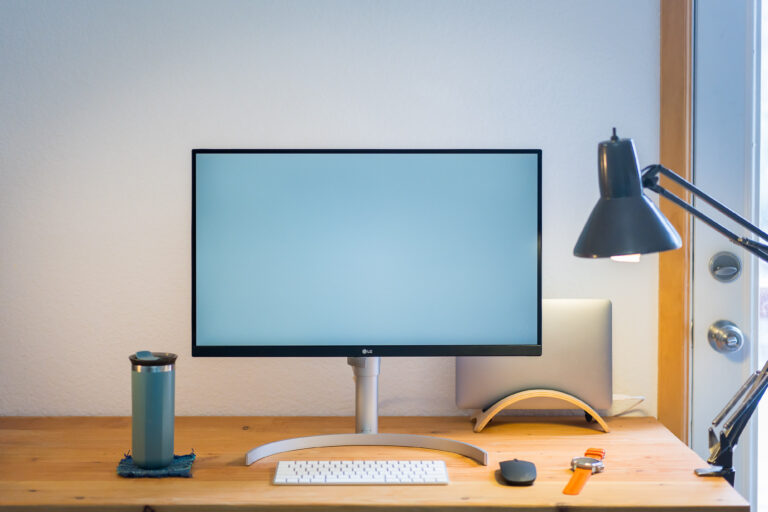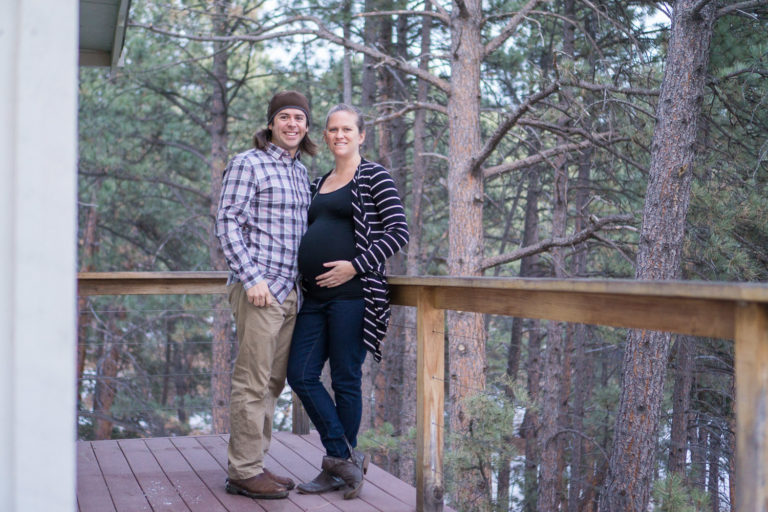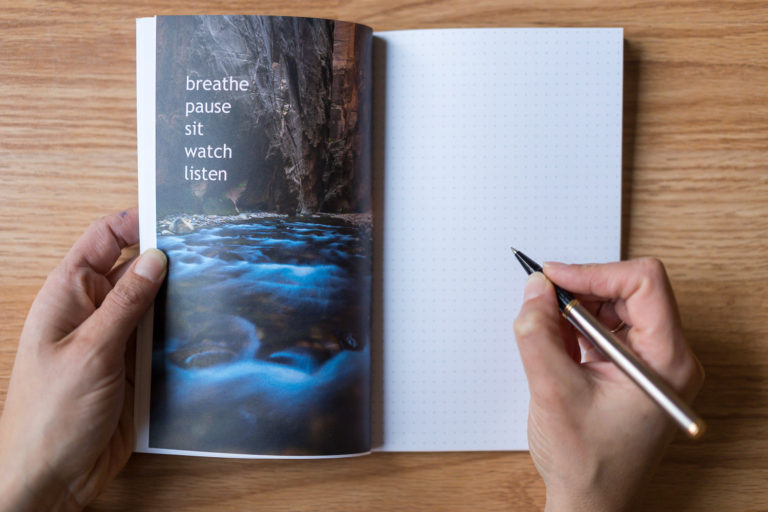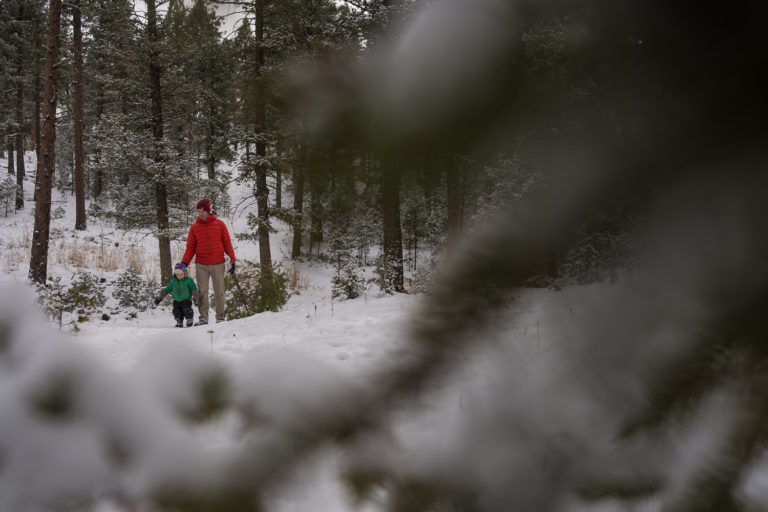How to Meditate for Increased Creative Thinking
Do you want to be more creative? Then it’s time to learn how to meditate. It really is as simple as that, if only diving into your mind through meditation actually felt as simple as it is.
I’m a professional creative, which means I have to be creative on demand not just when inspiration or clarity strikes. I’m also a yoga teacher. In fact, over a decade ago both those statements became true and ever since then the link between my meditation practices and creativity has grown more clear to me.
In this blog post on meditation, for example, I’ll talk about how to meditate as well as the benefits and how it can increase your creativity. There is a growing body of research on the topic supporting my own experiences. If you’re wondering if you should begin meditating, by the end of this article I’m sure you’ll see that there’s not much to lose (maybe 10 minutes or so) and there’s a whole lot to gain!
Can 10 Minutes of Meditation Make You More Creative?
10 minutes of meditation practice is definitely better than zero minutes and it has the potential to make you more creative. Even in a short amount of time to meditate, you can start to notice differences in how you feel. Often meditation practices can remove the clutter from our mental space that prevents us from being creative thereby leaving room for new ideas.
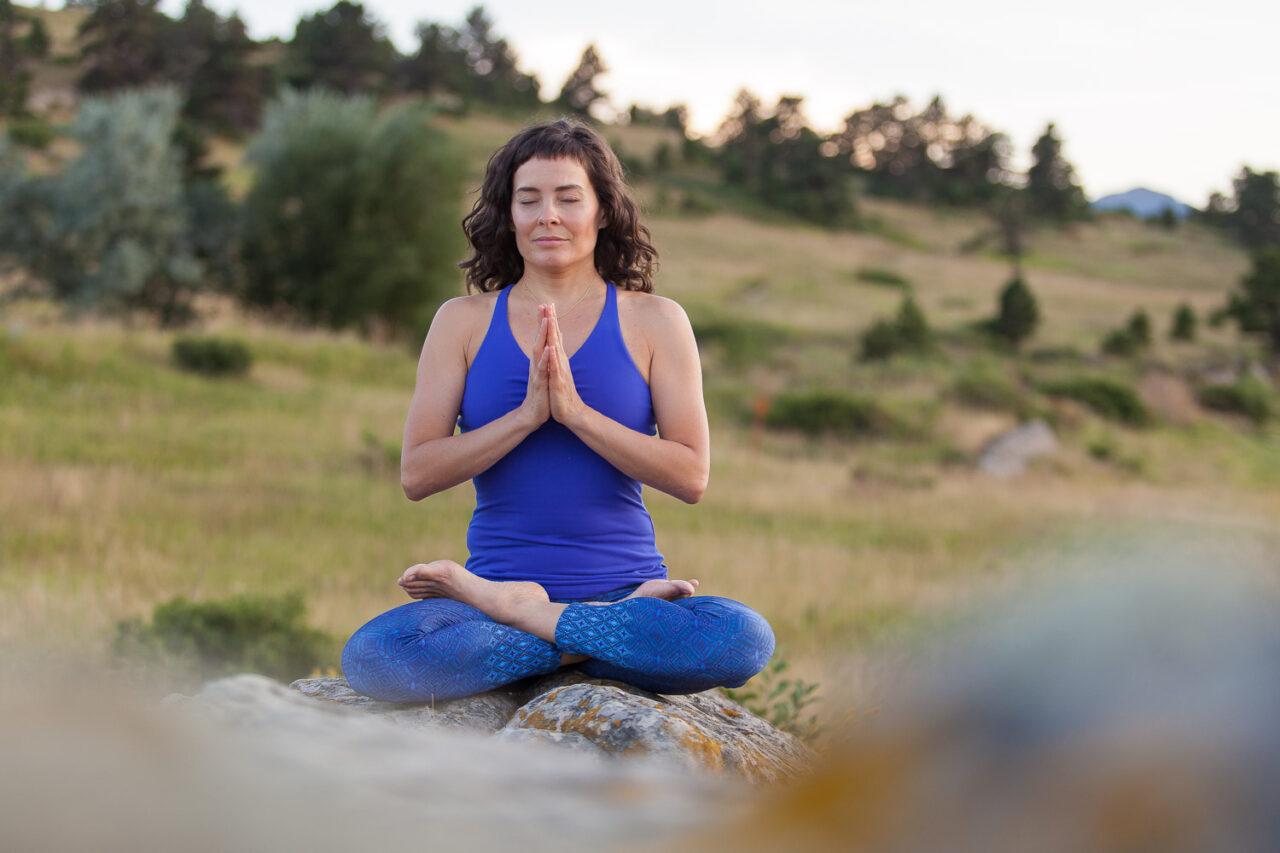
Over time, meditation practice can help you train your brain and mind in the way that physical exercise trains your body. In the short term, it can help you reduce stress so that you brain can think more clearly. Whether you’re looking to enhance creativity temporarily or make it a practice, getting started with just a 10-minute meditation is a low-risk investment.
If you want to get serious then 20 minutes or even 45 minutes are recommended lengths of time. The problem I see is that committing to 20 minutes or more can be hard for some people, especially at first, and the result is that they don’t do it at all. Instead, it’s easy to try just a 10-minute meditation and you can always work towards longer durations as you build your fitness.
Here’s a 10 minute meditation for creativity.
Creativity and Well Being
I have some good news and some good news for you. Research shows that one of the biggest benefits of creativity is increased well-being. And research show additionally, well-being is one of the best answers to being more creative. Therefore, I’m permitting you to sign up for some self-care today!
I’m not just talking about taking a bubble bath to enhance creativity, although good ideas do often come in the shower. I’m talking about reducing your stress, finding stillness, and treating yourself with compassion.
We think creativity is important because it’s growing more popular in the workplace or because it will help change the world. While those things are true, it’s also important because it brings us joy, peace, happiness, and flow. Those are health benefits worth practicing for.
How Mindfulness Enhances Creativity
Mindfulness enhances creativity for a variety of reasons but they may not be what you think. You might think that creative ideas are supposed to come while you’re practicing mindfulness. In reality, you practice mindfulness to create the right environment for creative ideas to exist.
Whenever I teach creativity one of the things I do is talk about the things that limit our creativity. We are often too busy, too stressed, or too afraid to be creative. There are mindset issues such as our identity, environmental issues such as having the time or space, and our old friend Resistance which Steven Pressfield names that familiar voice of self-doubt in his book the War of Art.
Mindfulness and meditation help us with awareness of our mindset and limiting beliefs, the environmental factors that are standing in our way, and how to deal with our fears. What holds you back from being creative? Keep that in mind as we talk through how to deal with some of those factors and how meditation exercise might be just the type of training you need. (Read this post on unlocking your creative mindset.)
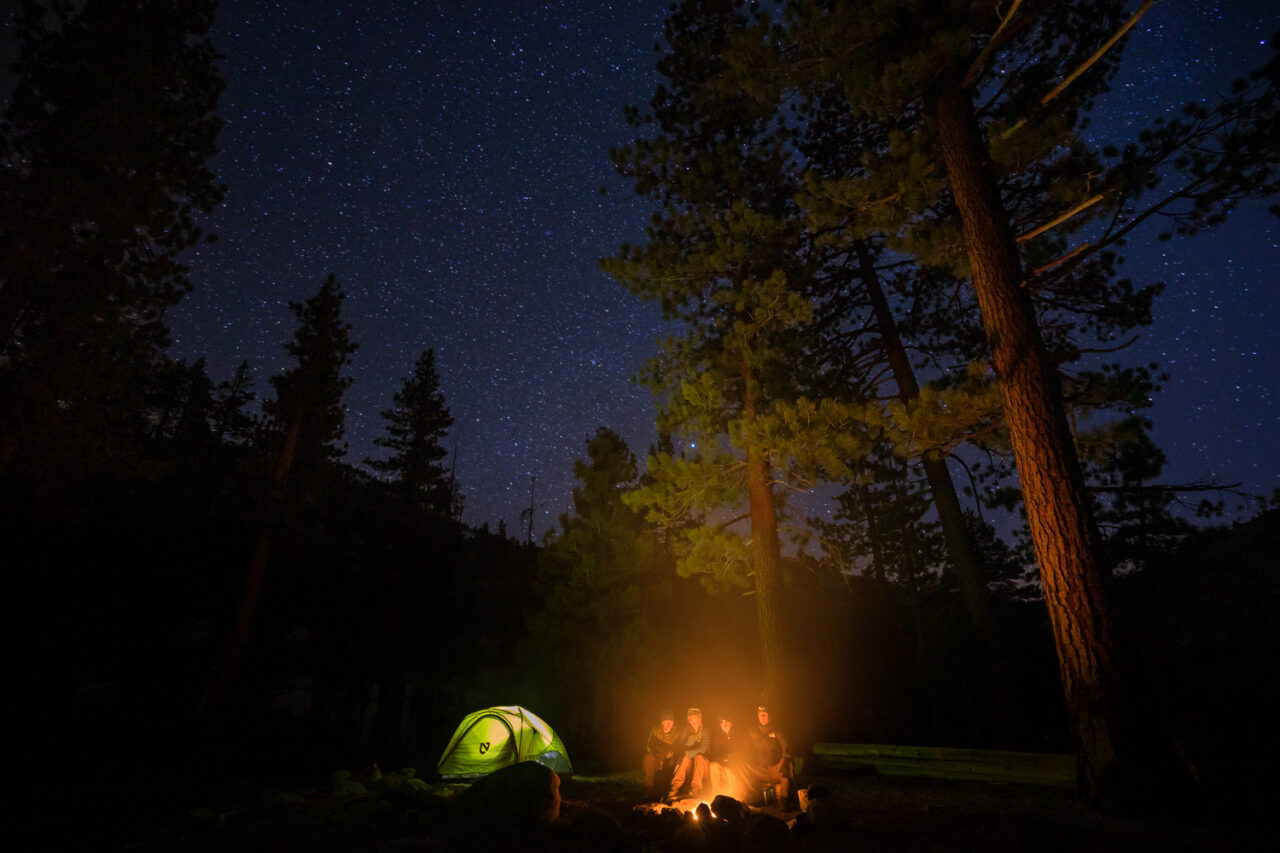
Mindset and Limiting Beliefs
Research shows that the older we get the more stuck in our ways we are. We’re less open-minded and less likely to take risks. As you can imagine, that means we’re less creative and we identify less with our sense of creativity.
If you are reading this because you want to be more creative, one of the first things we need to do is shed the limiting belief that we’re not creative enough or that we don’t deserve to be creative. Mindfulness helps us become more mindful, present, and aware of our thought patterns, feelings and desires. If we start to pay attention to how we judge ourselves and talk to ourselves, we can start to engage in activities to change our thought patterns.
By changing our thought patterns around our creativity, we can remove the identity of being uncreative and replace it with something more helpful. It’s the concept of having a growth Mindset from Carol Dweck or of deciding on our personality traits like Benjamin Hardy talks about in Personality isn’t Permanent.
Building a Creative Environment
The more we are mindful of our thoughts we are, the more we will also become mindful of our surroundings. As we develop an awareness of what’s around us we can see what is helping and what is hindering our creativity. Environmental issues might be clutter which might lead us to Minimalism. But environmental issues might also be the people we surround ourselves with.

We need to surround ourselves with a less busy, less stressful environment and we need to surround ourselves with more supportive people. Look around your physical space and look at your calendar too. Is there any stress or clutter that you can remove or reduce to make room for creativity? It comes down to values and priorities.
When our values and priorities are in alignment then our surroundings and our calendar reflect that. Therefore if our sense of creativity is a priority and if our sense of well-being is a priority, then we might need to take a hard look at our environment including the media we consume daily.
Reducing Judgment or Fear
One of the ways that we’re enhancing creativity through mindfulness training is by reducing judgment and fear. For many people, judgment and fear are two of the biggest barriers to creativity. I can’t do this, what if I fail?
Through mindfulness, we become aware of these types of thoughts, desires and feelings so that eventually we can control them rather than allowing them to control us. We’re not going to suppress or stifle emotions, instead, we seek to understand them and direct them. Sometimes frustration will fuel the perfect invention or anger will lead to the most creative problem-solving.
Fear is only a bad thing when it keeps you from doing something you need to do. Instead, if we embrace our fear and see what it has to teach us, that can lead to immense growth.
Training the Mind and Rewiring the Brain
As I mentioned above, meditation is a process of training the mind like physical exercise trains the body. That’s why we call it meditation exercise or meditation practice, we’re building fitness. In a simple meditation instruction, you’ll hear that when the mind wanders your only job is to bring it back to the point of focus.
The trick with focusing and practicing focus is that you’re controlling your mind, you’re choosing what to do with your thoughts as they come in. Mindfulness and focus is different than mind wandering because you are remaining present and aware with focused attention. Instead of letting our mind wander aimlessly for ideas, we’re developing awareness of our thoughts, feelings, and emotions which is a more long-term solution to creative practice.
Emotions aren’t the enemy but by focusing on our breath and being mindful of what’s happening we can train our brain in a more supportive direction.
Supporting Creative Thinking
What exactly are we training the mind to do? We want the mind to support creative thinking so that we can find that beautiful and elusive state of flow. It’s hard to support creative thinking, divergent thinking, and wild or crazy ideas when we’re too stuck in our heads. If we want to enhance creativity we need to decrease stress and preoccupation with success.
It’s hard to have the clarity or stillness to see a solution when we’re listening to and distracted by stress. The ability to train our mind for the present moment
How To Meditate: Tips for Beginners
There are a variety of styles of meditation from mindfulness meditation to transcendental meditation. There’s moving meditation and loving-kindness meditation. As you gain experience and exposure to the benefits of mindfulness you might be interested in exploring different types of meditation.
Mindfulness meditation is a popular style of meditation practice and since the instructions are fairly simple you can practice it alone without too much instruction. Mindfulness meditation asks you to pay attention and be aware. You are an observer.
Mindfulness meditation also comes with the instruction to avoid judging what you notice and it originates from Buddhist philosophy. Below, I’m going to give a few basic tips for beginner mindfulness meditation.
Pick a Time and Space
The most important thing in my opinion is to make meditation practice a habit. To make it a habit it helps to pick a time and a space where you can do it. I liken this to putting your running shoes by your bed so that you run in the morning even if you don’t feel like it.
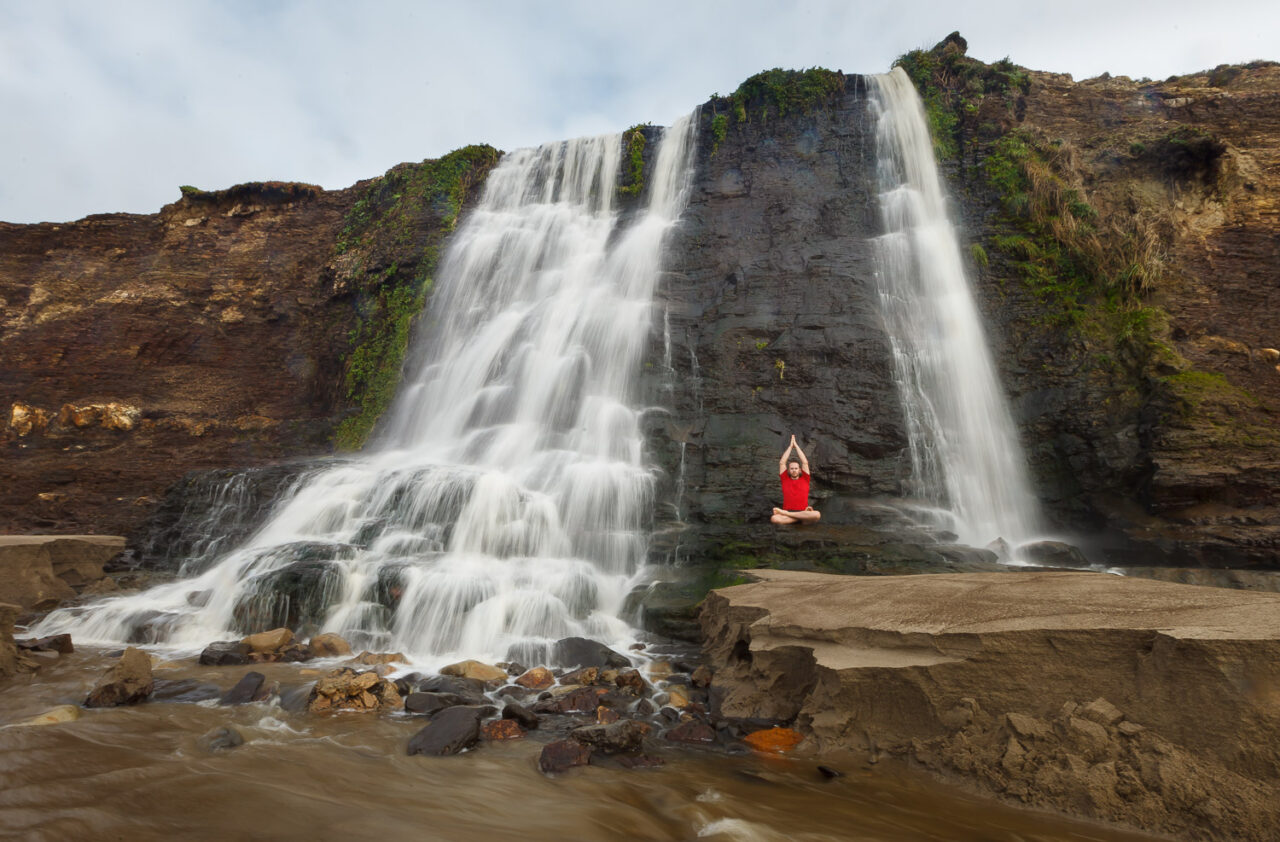
When you begin meditating you’ll learn that the hardest part is starting, once you’re there you’ve already succeeded because you’ve brought yourself into the present moment. I have had different levels of meditation commitment throughout my life and the most effective way to make it a practice for me has been to have a set time a space.
For example, many meditation students find it helpful to meditate first thing in the morning before life starts to spiral out of control. I love this because you’re capitalizing on the stillness and beauty of the morning. Regardless of when you choose, remember to have compassion if you miss a day.
Comfortable Position
When you think of someone meditating you picture their body in full lotus on a mountaintop and in the snow. While I do think meditating outside is ideal, the most important thing is that you find a comfortable position where your body can be upright and alert. If it hurts your body to sit you might consider adding a few minutes of yoga before your meditation to make your body more comfortable, you might consider it regardless.
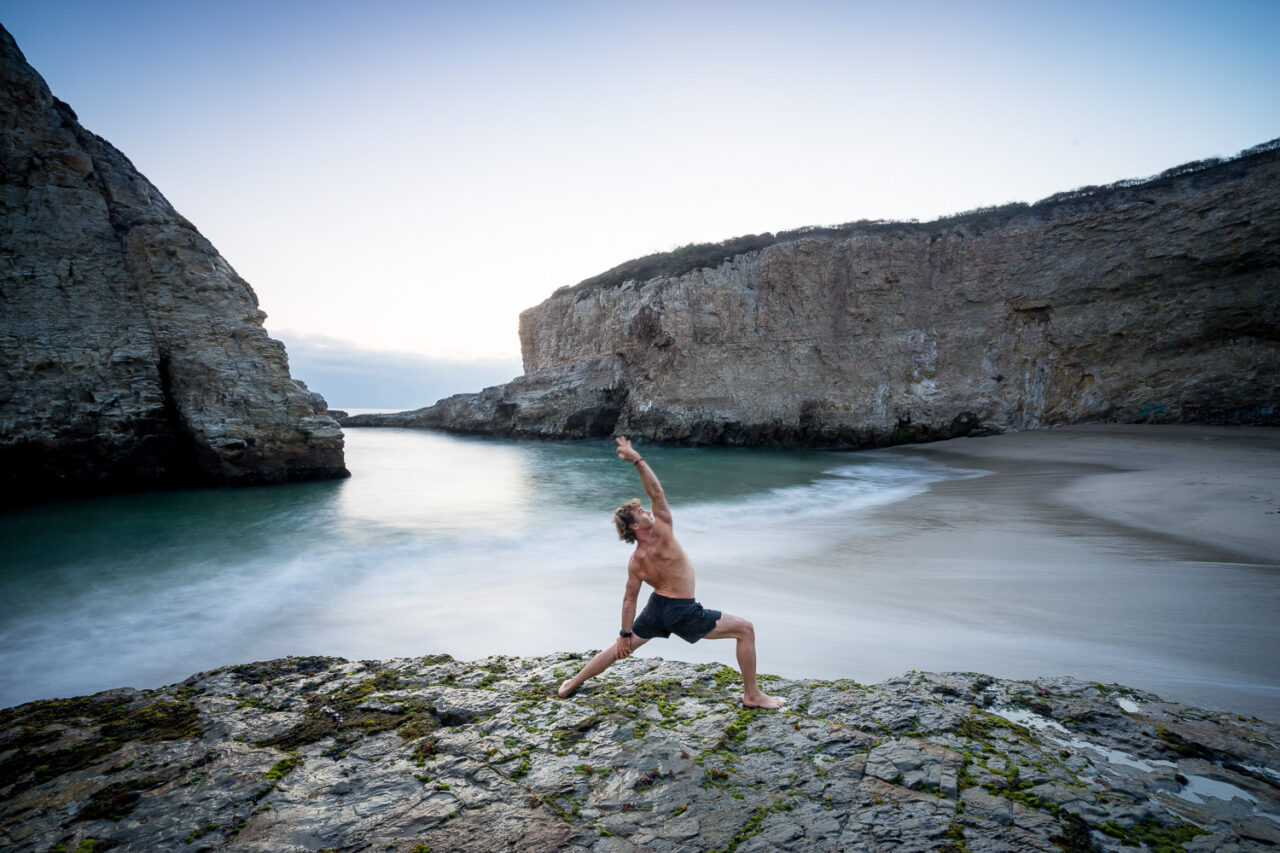
The more you find a comfortable and sustainable position for your body, the easier it will be to extend your practice to longer durations. Try stacking your spine and sitting tall. Try elevating your hips by sitting on a pillow or meditation cushion, for example.
If your legs fall asleep or you need to adjust, have awareness and compassion. Everything can be a lesson and a part of the practice and the process including how to deal with a pesky fly or persistent itch.
Focused Attention
Once you are seated in a comfortable position at the time you’ve chosen to meditate, you just start. Everyone is so concerned with how to meditate correctly and how to know if they’re doing it right that they don’t just sit there. Your job is to just sit there.
Obviously, a little more instruction is helpful and you might want to try a guided meditation. Otherwise, a simple process might be as follows: start by noticing your body, then notice your breath, try paying attention in the present moment to your breath and every time your mind wanders notice it and bring your attention back.
Some people prefer to focus on a mantra or a candle. The point of mindfulness meditation is to have the intention to have focused attention on something so that you can notice when your mind wanders. Your mind wandering is not a bad thing and it does not mean you’re doing anything wrong. Instead, this is an expected part of mindful meditation practice and allows us to learn how to refocus our attention.
Non-Judgment
The hardest part of mindfulness meditation in my opinion is actually practicing non-judgment during your meditation. We think that we’re failing if our mind is really busy and we’re hard on ourselves about that. Notice that too, notice the judgment.
For me, this mind wandering always circles us back to our creative identity and our negative self-talk. We listen to these thoughts in our heads that say we aren’t creative and that we aren’t meditating properly even when it’s not true. Mindfulness meditation will teach us to be aware of such destructive mind wandering.
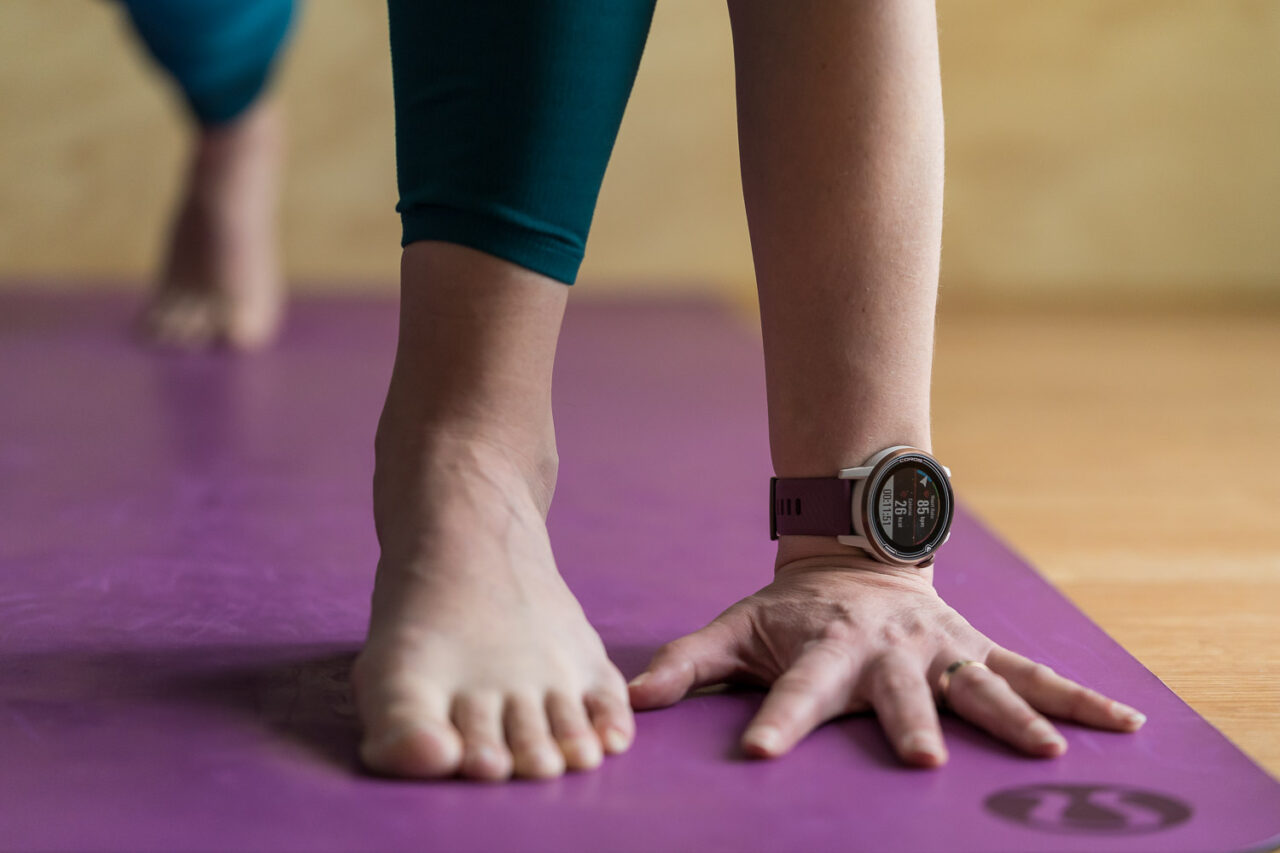
Through practice, we can bring our focus to what we want whether that’s awareness of the present moment, gratitude, or listening to our breath. As we develop the ability to recognize our self-judgment we can transform it or use it as fuel for our creativity.
Beyond Creativity
At the beginning of this article, I talked about how creativity and well-being are linked. Well, mindfulness meditation is linked to health and wellness too. Maybe you are interested in mindfulness practices to increase your creativity or maybe you’re actually just looking for a way to deal with stress and pressure.
Learning how to be present through mindfulness practices might just help us with more than just our creativity. The benefits are only just beginning to be explained in research and I have a feeling they’re going to continue to add up as we continue to research meditation, mindfulness, and creativity.
But benefits might take time and patience, which is why non-judgement is an essential part of the practice.
A Few Words on Breath
If mindfulness meditation practice sounds daunting or overwhelming I suggest starting with a simple breath practice. Meditation can sound intense but if I just ask you to bring awareness to your breath, I imagine you can do that. Teaching my kids about meditation is a much bigger task than teaching them about the power of their breath we do box breathing or cooking breathing or mountain breathing or numerous other playful and kid-friendly breath exercises that help them calm down.
Once you learn to notice your breath you will have a sense of the power of meditation because often just by focusing we impact our bodies. Just by taking a deep breath, we reap the benefits of awareness. In fact, I might argue that simply focusing on your breath is in fact meditation practice so if meditation intimidates you, just breathe instead.
When I’m stressed, sometimes I can’t bring myself to sit on a meditation cushion and do a formal exercise. However, I can count my breaths or lengthen them or deepen them. Being with our breath helps bring us present and puts a stop to negative thought spirals or mind wandering.
Guided Meditation for Creativity
Below is a link to a guided meditation for creativity that I made a while back. If you want something a little more guided than sitting there and noticing what comes up, check it out. I find that part of the process of learning to meditate is learning how to fit it into a life where you will make it both a habit and a practice.
Meditation Apps
You can simply use the timer on your phone. Or Insight Timer has a free version complete with free guided meditations even some by yours truly. I’ve also tried and enjoyed Headspace and have heard great things about Calm
About the author
I am Brenda Bergreen, one half of a husband and wife photography team specializing in Colorado wedding photography and videography and adventure photography. If you need someone to encourage your creativity, I’m here.
Download our free guide on how to build a creative business and a life you love. Don’t hesitate to contact us and let us know how we can help!
In the meantime, remember to…

